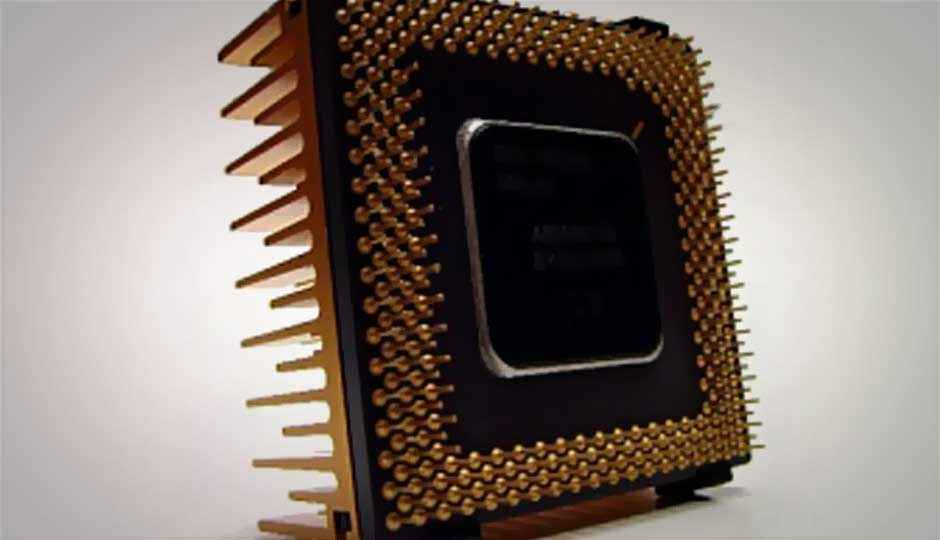Could the 10W Haswell chip turn Intel’s tablet fortunes around?

Somewhat buried in all of the sexy ultrabook news here at the Intel Developer Forum (voice! gesture! touch!) on Tuesday was the revelation that the chip giant has managed to pull the power draw of a future family of Core processors down to just 10 watts.
 Survey
SurveyThose chips, part of the fourth-generation of Core chips code-named Haswell that are due out in 2013, will be aimed at future convertible ultrabooks that serve as laptops and tablets. Theoretically, that will mean far thinner convertible designs using Intel chips that run longer unplugged, begin to approach Apple’s iPad in size and weight, and don’t run hot when sitting on a user’s lap.
The current generation of Core chips for ultrabooks run at 17 watts and two other batches of future Haswell parts will draw 15 watts and 35 watts, respectively.
“These could change the ballgame for Intel,” said Jack Gold, principal analyst for J. Gold Associates. “The fundamental difference with other Core processors, just a few watts, doesn’t sound like such a big deal, but when you can get a third less power, maybe even half, that fundamentally changes how you build a machine. Cutting half of the power in the CPU is huge.”
To put the low power draw of the future Haswell chip further into perspective, consider that Intel released a single-core, 10W Atom chip as recently as January 2010. And the future Haswell products are not Atom parts but rather built on the Core architecture, the same chip design Intel uses for its most powerful client processors, meaning these low-power ultrabook parts are likely to have some or all of the additional performance-boosting technologies built into Intel’s flagship client processor line, Gold said.
The analyst said it was his guess that the chips would be dual-core.
Intel didn’t name a release date for Haswell but talk at IDF suggested that the 10W chips are coming sometime in the first half of 2013, with some gossip that the plan was to roll them out in the first quarter. Gold said he expected Intel would have convertible ultrabooks running the parts to show at the Consumer Electronics Show in January.
Pat Moorhead, principal analyst for Moor Insights & Strategy, noted that the future processors may actually be even better than the advertised 10 watts.
During his morning keynote, Intel product chief Dadi Perlmutter ran a future Haswell part and a current-generation Ivy Bridge chip through the Ungine graphics benchmark. The Ivy Bridge chip chugged along at its advertised 17 watts while the Haswell part matched the third-gen Core chip in performance at just 7.842 watts.
Moorhead also suggested that with these new chips, Intel might be able to enable convertible ultrabooks with profiles as thin as 12 millimeters —not terribly far off from the original iPad’s 10mm profile.
“Thinner convertibles will be much more comfortable as they will be almost as thin as a tablet, but they’ll also have the added utility of a keyboard and trackpad,” Moorhead said. Such devices could be ideal for users in the market for a single, all-in-one mobile computing device rather than a tablet that servers as a companion to a laptop, he added.
Intel could have a pretty serious competitive advantage with the new Haswell chips, Gold said.
“It’s unlikely that AMD’s going to be able to match Intel’s Haswell with an x86 part at that power draw. ARM will be able to, but then it won’t be an x86 chip,” he said.
“So you’re downsizing the power, potentially creating much thinner devices, using less battery or the same battery with extended battery life, possibly using less materials and thus lowering overall costs. All of that is really good stuff.”
Copyright © 2010 Ziff Davis Publishing Holdings Inc
